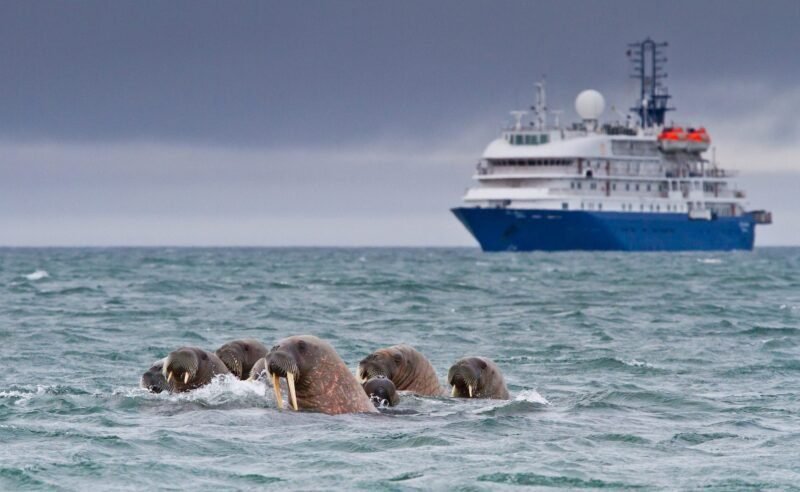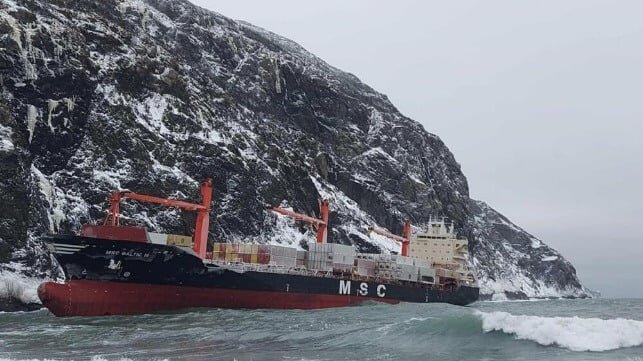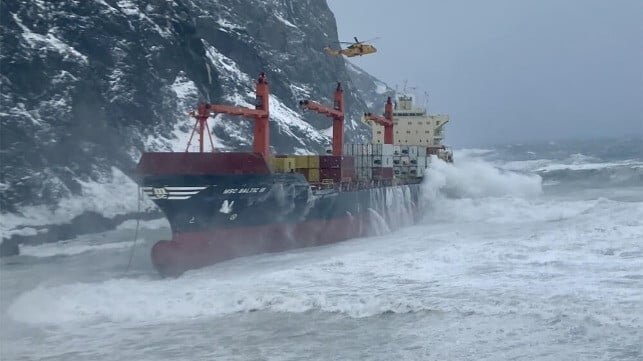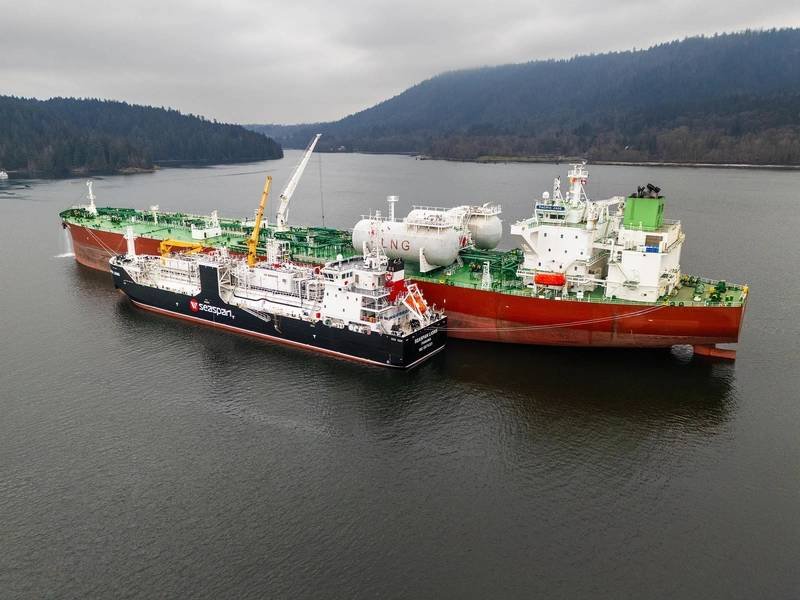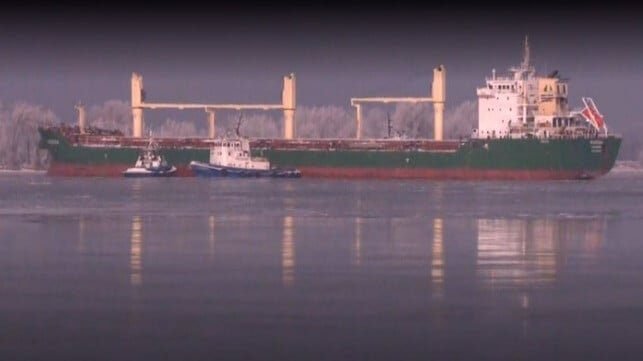The International Maritime Organization’s Marine Environment Protection Committee has approved the establishment of two new Emission Control Areas (ECAs) in the Arctic waters of Canada and the Norwegian Sea. Canada and Norway proposed these ECAs to reduce emissions such as sulfur oxides, particulate matter, and nitrogen oxides from international shipping. The ECAs were endorsed during the MEPC 81 meeting and are expected to be adopted at MEPC 82 in October, coming into force in March 2026. Ships in these areas will be required to use fuel with a sulfur content of 0.1% or utilize alternatives like LNG or scrubbers.
The Clean Arctic Alliance supports the decision, stating that the new ECAs will significantly reduce pollutants emitted by ships in the Arctic, improving air quality for northern populations, marine and terrestrial habitats, and wildlife. The ECA in Canadian Arctic waters will also reduce air pollutant emissions, benefiting the environment and reducing climate-damaging black carbon pollution. Additionally, the ECA for the Norwegian Sea will reduce health impacts and decrease nitrogen and sulfur deposition along the coast, including a 58% reduction in particulate matter like black carbon by 2030 compared to 2020.
The establishment of these ECAs marks a step towards a cleaner and healthier Arctic environment, with reduced emissions from shipping activities. By limiting the sulfur content of ship fuels and promoting the use of cleaner alternatives, the ECAs aim to protect air quality, habitats, and wildlife in the region. The implementation of these measures is expected to have a positive impact on human health, climate change, and overall environmental sustainability in the Arctic.


